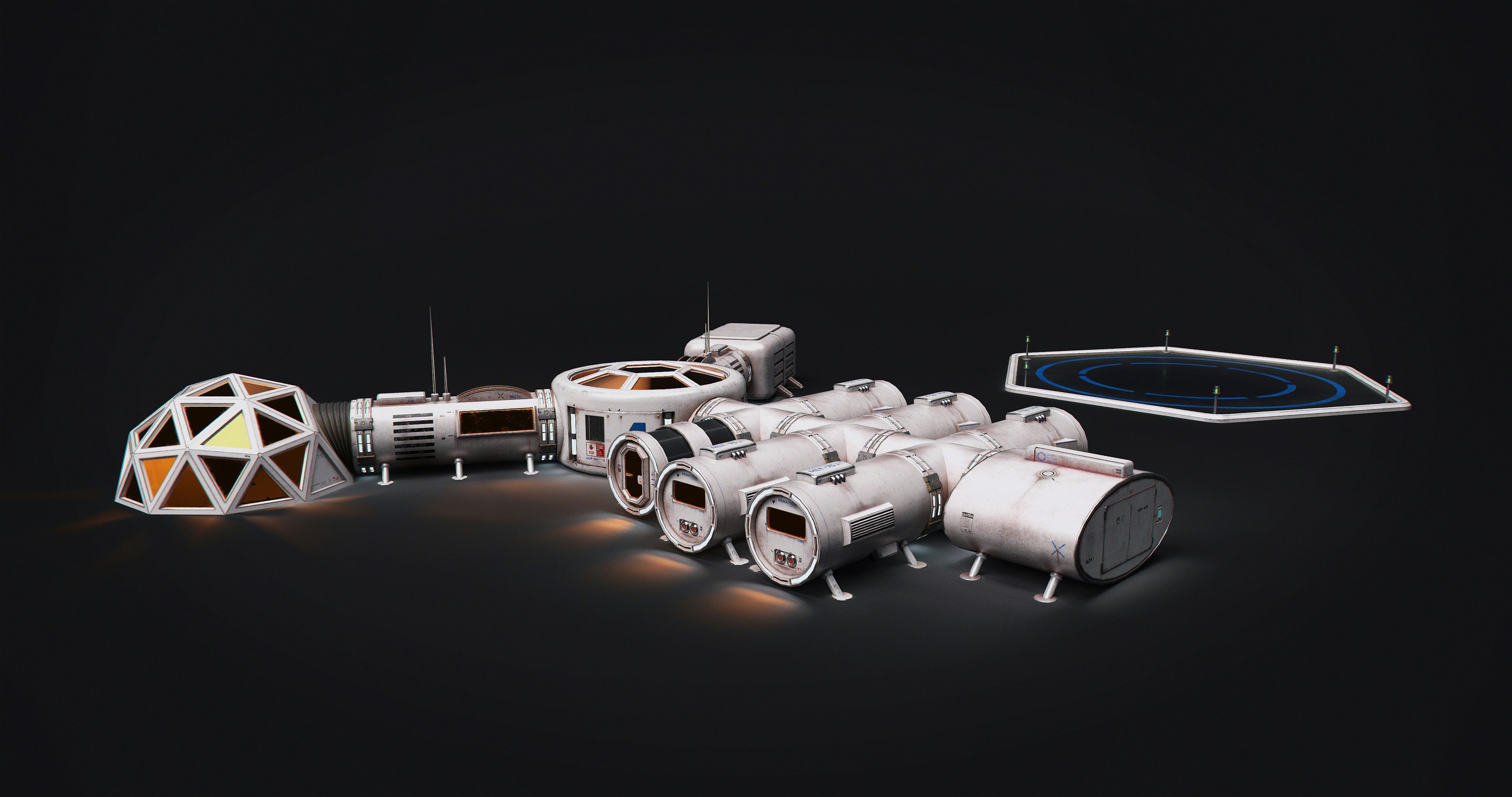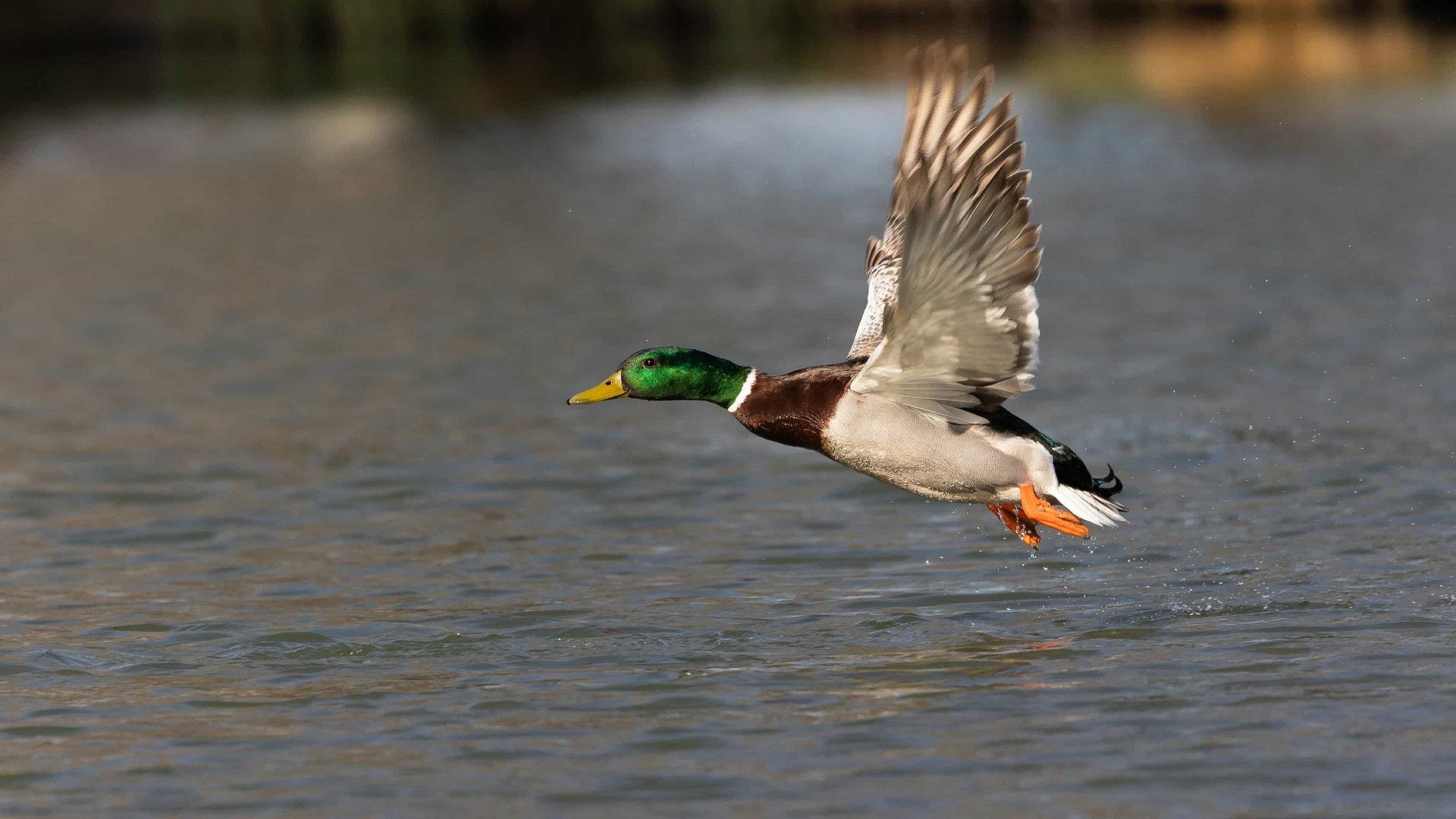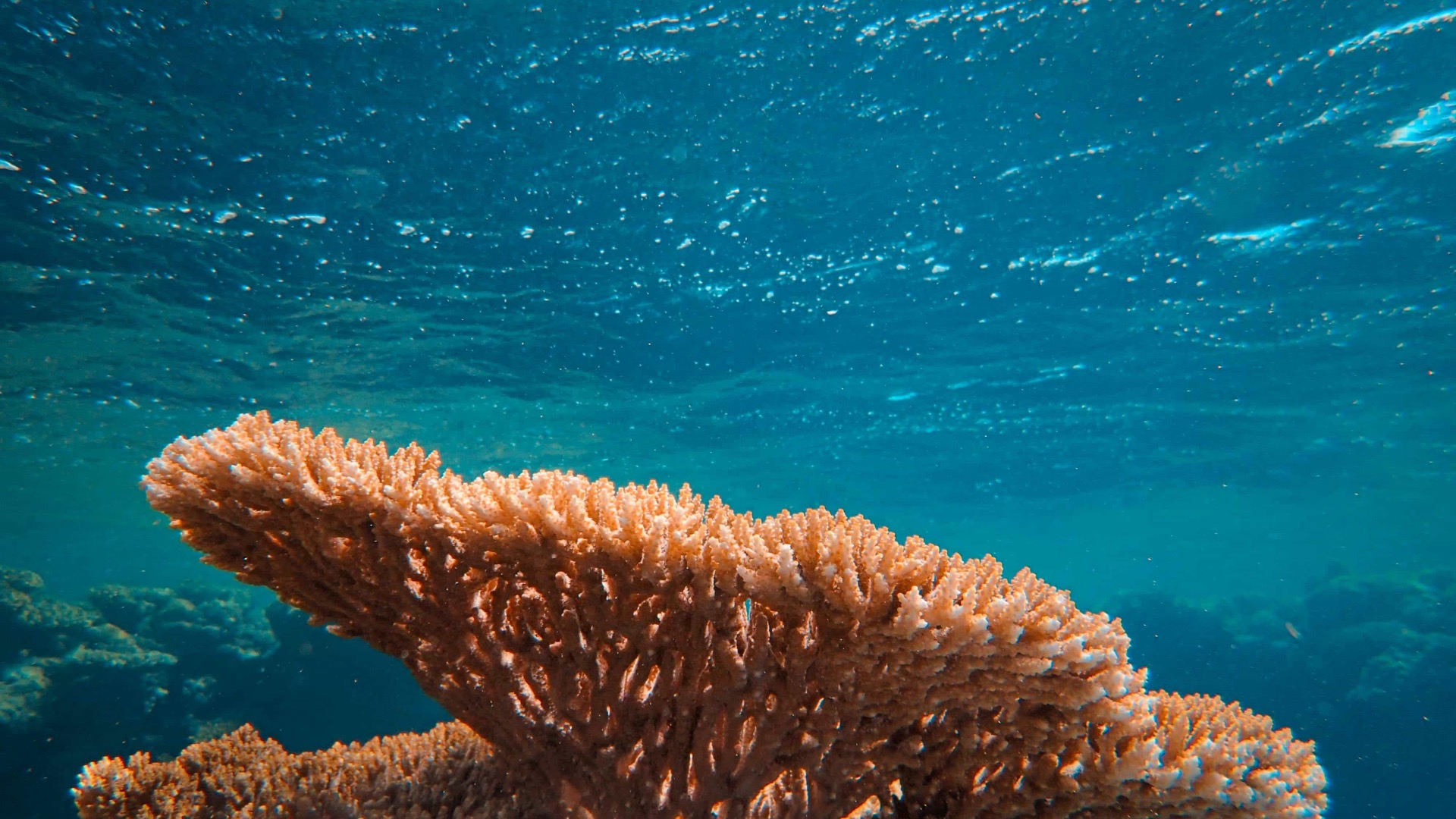As humanity plans its journey to establish life on the Moon, Mars, and beyond, finding sustainable ways to grow food in space is one of the greatest challenges. Recent research has identified Wolffia globosa, a plant better known as Asian watermeal, as an exciting candidate for space agriculture. This tiny aquatic plant, often regarded as one of the smallest flowering plants on Earth, is a nutritional powerhouse packed with protein comparable to soybeans. It grows quickly, requires minimal resources, and thrives in water-based systems, making it ideal for environments where soil is scarce and recycling is essential.
Scientists tested Wolffia globosa to see how it would adapt to the harsh conditions of space, focusing on how it performed under simulated microgravity and hypergravity - key challenges that crops face during space travel and life on planetary surfaces. By examining its growth, morphology, and protein content under these conditions, researchers gained valuable insights into its potential as a sustainable food source for astronauts.
Adapting to Space Conditions
The researchers grew Wolffia globosa under two extreme conditions: simulated microgravity, to mimic the weightlessness of space, and hypergravity, replicating the intense forces experienced during spacecraft acceleration. Despite these challenges, Wolffia globosa showed impressive adaptability.
In microgravity, the plant maintained steady growth, although a few experienced slight reductions. Interestingly, in hypergravity, the plant not only survived but, in some cases, grew faster. This indicates its ability to adjust to varying gravitational forces, making it a resilient option for both space travel and planetary farming. Some structural changes, such as elongation in hypergravity, suggested the plant’s remarkable ability to adapt its shape and growth patterns in response to environmental stress.
The study also revealed slight variations in protein content under microgravity, with some plants showing minor decreases. However, the protein levels remained sufficient to meet dietary needs, reaffirming the plant’s value as a potential staple for spacefarers.
Why Wolffia globosa?
Unlike traditional crops, Wolffia globosa has unique features that make it particularly suitable for space agriculture. It grows exceptionally fast and reproduces without seeds, allowing a small batch to quickly multiply into a sustainable food source. Its ability to grow in water-based systems eliminates the need for soil, which is impractical in space, and it requires fewer nutrients and resources compared to larger crops.
Additionally, Wolffia globosa is highly nutritious, providing not just protein but also essential amino acids, vitamins, and minerals. These qualities make it an all-in-one solution for feeding astronauts on long-term missions while minimizing waste and resource consumption.
Paving the Way for Space Farming
This research underscores the potential of Wolffia globosa as a game-changer in space agriculture. It could become a cornerstone of bioregenerative life support systems - self-sustaining ecosystems that recycle air, water, and nutrients to support human life in space. By cultivating Wolffia globosa on spacecraft or planetary outposts, astronauts could have access to a reliable, renewable food source that supports their nutritional needs while reducing dependency on resupply missions from Earth.
The study also provides valuable insights for further optimization. Researchers plan to explore how factors like light, temperature, and nutrient availability can enhance the plant’s growth and productivity. Selecting the most robust and high-yielding clones of the plant will be critical to maximizing its potential in different space environments.
A Step Toward Sustainable Space Living
As we prepare to take the next steps into the cosmos, finding sustainable solutions for food production is essential. The success of Wolffia globosa in adapting to extreme gravitational conditions highlights its potential as a vital crop for the future of space exploration. With its nutritional richness, adaptability, and efficiency, this tiny plant could play a big role in ensuring that astronauts are well-fed and healthy as they venture farther from Earth.


